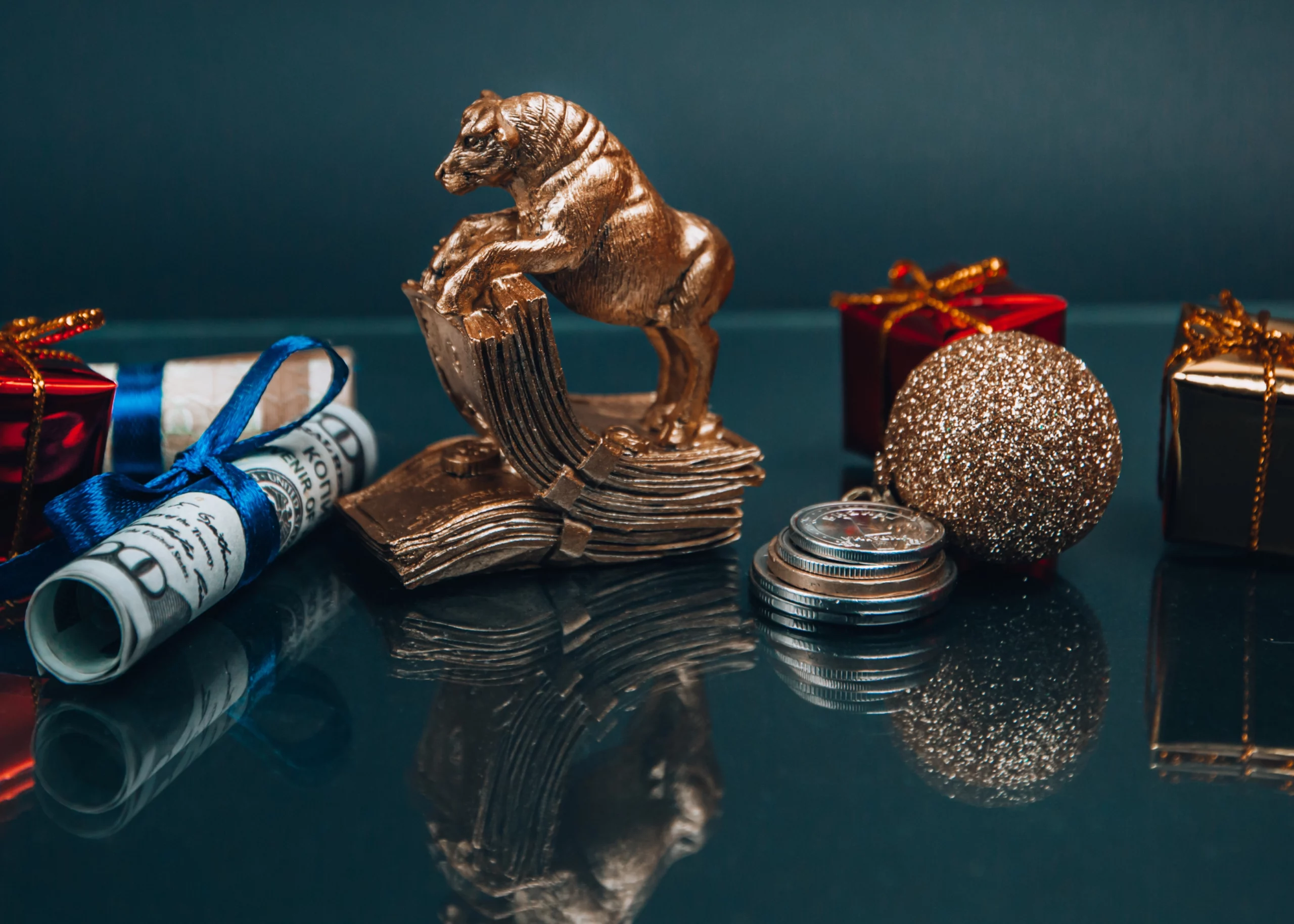What Are Symbols Of Fortune?
Throughout my life’s journey, I’ve always been captivated by the mysteries that surround us and the symbols of fortune we often encounter.
From various cultures across our vast world, there are many emblems and figures that people have revered as bearers of good luck, prosperity, and protection. They’re a testament to our collective yearning for fortune, serenity, and success in what can sometimes be an unpredictable existence.
Each one is imbued with its own unique history and significance that transcends borders and unites us under the universal desire for well-being.
Delving into these symbols of fortune isn’t merely an exploration of cultural artifacts; it’s an invitation to embrace the shared human experience.
The four-leaf clover from Western tradition whispers tales of unexpected blessings; the beckoning cat or Maneki-neko from Japan promises prosperity; the Hamsa hand offers protection while promising good fortune in Middle Eastern cultures; elephants symbolize prosperity on a global scale; even numbers like ‘seven’ hold lucky connotations in numerous societies.
As we explore these intriguing symbols together, may we not only gain insight but also inspire hope within ourselves for a prosperous future filled with laughter – much like what the Laughing Buddha signifies across Oriental traditions.
The Four-Leaf Clover: A Western Icon
In the West, there’s more to a four-leaf clover than just being a rare find; it’s often seen as a potent symbol of luck and prosperity. For centuries, this simple plant has held profound significance in various cultures.
It’s not merely its scarcity – although that plays a part – but rather its unique structure that gives it such meaning. The four leaves are said to represent faith, hope, love, and luck – virtues that are universally respected and cherished.
Delving into clover symbolism in Christianity reveals even deeper layers of spiritual wisdom. The holy trinity is an essential concept in Christian theology, representing the Father, Son, and Holy Spirit. A four-leaf clover takes this divine trio one step further by adding an extra leaf for ‘luck.’ So when I find one unexpectedly while walking through a field or park, I can’t help but feel a sense of divine favor paired with earthly fortune.
Though many might dismiss such beliefs as mere superstition, the impact on pop culture cannot be overlooked. From St Patrick’s Day celebrations where everything is adorned with four-leaf clovers to countless works of art using the symbol for good fortune and protection against evil spirits – the humble four-leaved plant permeates our everyday life as well as our special occasions.
It serves as a reminder that sometimes we need to slow down and appreciate our surroundings – you never know where you might stumble upon some unexpected luck!
The Beckoning Cat: Luck from the East
You’ve probably seen a beckoning cat or two, whether you realize it or not, and may have wondered about their significance. Known as the Maneki-neko in Japan, these charming feline figurines are considered powerful symbols of good fortune and prosperity. With one paw raised in a beckoning gesture, these cats are believed to invite luck and wealth into homes and businesses alike.
Cat symbolism in Japan is deeply rooted in culture and tradition, with these adorable critters often associated with protection from evil spirits as well.
The origins of Maneki-neko can be traced back to the Edo period in Japan, where they first appeared as talismans against misfortune. There are several folklore stories revolving around their existence; one popular tale speaks of a struggling shopkeeper who took in a stray cat despite his own hardships. This very cat was later seen beckoning customers into the store with its raised paw, leading to an unexpected upturn in business fortunes! From then on, the image of the beckoning cat gained immense popularity as it came to symbolize success and financial gains for those who embraced it.
These captivating creatures continue to charm us today with their promise of good luck and prosperity. They also serve as reminders that even small acts of kindness – such as helping a stray – can generate bountiful rewards in return. And while we might not all have our physical Maneki-neko sitting on our shelves or counters…we could sure do with some extra doses of fortune every now and then!
So next time you spot that cute little kitty waving at you from a storefront window or an office desk nearby remember – luck might just be trying to find its way to you!
\## The Hamsa Hand: Protection and Good Fortune
Ever come across a beautiful, intricately designed hand-shaped amulet and wondered what it represents? That’s the stunning Hamsa Hand for you, an eye-catching talisman believed to ward off harm while attracting good vibes your way.
Steeped in rich history and diverse cultural significance, this symbol of fortune is more than just an ornamental piece; it’s a beacon of protection, prosperity, and peace.
Let me take you on a fascinating journey through the Hamsa Origin Stories. The Hamsa is said to have roots in ancient Middle Eastern cultures such as Judaism, Islam, and Christianity. In all these traditions, the Hamsa holds great spiritual significance — seen as the protective hand of God or a divine entity offering safety from evil forces. It’s also often associated with feminine power due to its connection with revered figures like Fatima in Islam or Miriam in Judaism. These narratives fill the symbol with profound wisdom that transcends borders and beliefs.
Nowadays, it’s not uncommon to see Hamsa in Modern Decor. Its aesthetic appeal has made it a popular motif on wall hangings, jewelry pieces even clothing items – but remember its true essence goes far beyond superficial beauty.
Each time you spot this symmetrical emblem adorned with an eye at its center (often seen as another layer of protection), let it serve as a gentle reminder that we are watched over by benevolent forces bigger than us.
May every glance at your own little Hamsa trinket bring you comfort and joy knowing there is goodness waiting around every corner of life’s journey.
\## The Elephant: A Universal Sign of Prosperity
It’s hard to ignore the majestic presence of an elephant, whether it’s gracing us with its royal stride in Mother Nature or elegantly etched onto amulets and trinkets. This magnificent creature isn’t just a symbol of strength and power, but also a universal harbinger of prosperity.
Elephant symbolism in art is particularly compelling, as artists from all cultures have long revered and respected this mighty beast for its wisdom, longevity, and fortitude. In many instances, elephants are depicted carrying wealth on their backs or showering coins with their trunk – an image seen as a potent sign of good luck and abundance.
Elephants don’t just carry symbols of fortune on their backs; they also carry deep spiritual significance. Their gentle demeanor amidst such great power reflects humility — a reminder that true strength comes from inner peace and resilience. An elephant in dream interpretation often signifies overcoming obstacles through patience and persistent effort. This noble creature encourages us to remember our own inherent strength when we’re facing life’s challenges.
There is so much more than meets the eye when we ponder over the grandeur of elephants. These creatures do not merely exist within the confines of zoos or forests nor are they confined to the flat surfaces of artworks; rather they live within our hearts as symbols of good fortune, reminding us not only about material wealth but about spiritual richness too. They teach us about endurance, patience, intellect—all important aspects that contribute towards a prosperous life filled with wisdom and compassion.
As you navigate your journey through life’s ebbs and flows, may you channel the spirit of the elephant—mighty yet humble—to guide your path towards prosperity.
\## The Laughing Buddha: An Oriental Charm for Wealth
Have you noticed the jovial figure of the Laughing Buddha in a friend’s home, a local restaurant, or perhaps even your own living room?
This rotund, cheerful character is more than just an ornamental piece. The Laughing Buddha, also known as Budai or Hotei in different cultures, holds a profound place in Feng Shui and Oriental traditions with its strong ties to wealth attraction methods and prosperity.
The Laughing Buddha’s symbolism is rich and varied. Often seen carrying a cloth sack filled with treasures that never empty symbolizes abundance. His large belly signifies contentment and happiness while his smile radiates joy, which itself is considered to bring positive energy into any space.
But his role doesn’t end at being merely symbolic; he serves as a vital conduit for accumulating wealth and warding off negative energy when properly placed within one’s dwelling or workspace.
Believe it or not, the simple act of rubbing his belly can allegedly attract good fortune into your life! It’s believed that this action stimulates an energetic connection between you and the divine entity of prosperity. So next time you pass by this merry icon, don’t hesitate to give him a gentle pat on the stomach – who knows what luck it could bring!
With such deep spiritual significance interwoven in its lore, it’s no wonder why many people adore having this laughing deity around – spreading smiles while attracting abundance all around.
\## The Number Seven: A Lucky Digit Across Cultures
You might not realize it, but the number seven holds a sacred and lucky place in cultures around the world, stirring up feelings of mystery and fascination.
In the realm of gambling, for instance, seven’s significance is unmissable. Envision yourself at a craps table or in front of a slot machine where triple sevens represent the ultimate jackpot. It’s an exhilarating moment when those sevens line up perfectly, isn’t it? The rush that comes with this seemingly magical digit can be an enchanting experience, making you feel as though Lady Luck herself is smiling upon you.
The number seven also has profound Biblical references that emphasize its auspicious nature. It’s no coincidence that God rested on the seventh day after creating our universe or that there are seven virtues and seven deadly sins. I’m moved by these spiritual elements underpinning our existence; they speak volumes about how deeply integrated this distinction is into our collective consciousness across different faiths and philosophies.
The power of seven extends beyond mere superstition or random luck; it serves as a beacon guiding us through life’s ups and downs. Next time you encounter this numeral—whether on a clock face reading 7:07 or noticing you’ve finished exactly seven chapters from your favorite book—take a moment to appreciate its mystical attributes. Appreciate how it subtly weaves itself into our everyday lives while carrying such weighty implications worldwide.
\## Conclusion
In my journey, I’ve discovered symbols of fortune are all around us. They’re steeped in our cultures, reflecting our hopes for prosperity, luck, and protection.
Whether it’s the four-leaf clover, beckoning cat, Hamsa hand, elephant, or laughing Buddha; each carries an inherent promise of good fortune.
Remember though, while these symbols may encourage positivity in our lives, true wealth comes from within. Our own actions and attitudes ultimately determine the richness of our experiences.
Let’s cherish these tokens but stay grounded in wisdom and compassion.



